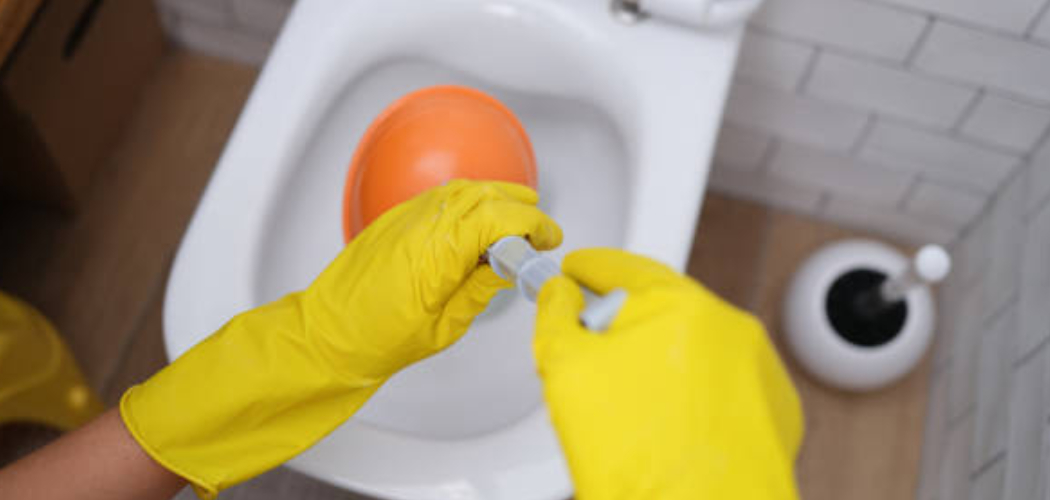A functioning camper toilet is vital for maintaining comfort and hygiene during any road trip or outdoor adventure. Ensuring that this essential feature remains in good working order can make all the difference in having an enjoyable experience versus facing unnecessary stress. One of the most frequent issues campers encounter is a clogged toilet, which can result from waste buildup, excessive toilet paper use, or even the accidental disposal of foreign objects. Such problems, if left unattended, can lead to unpleasant odors, sanitation concerns, and costly repairs.
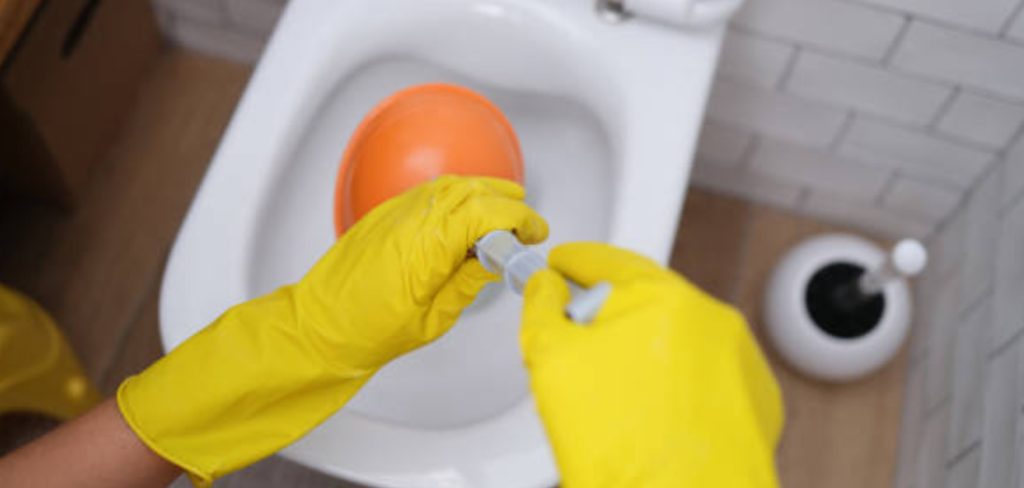
This article aims to provide a comprehensive, step-by-step guide on how to unclog camper toilet quickly, safely, and effectively. With easy-to-follow instructions and practical advice, we’ll help you tackle this common issue and keep your camper toilet in optimal condition for your travels.
Understanding Camper Toilet Systems
Types of Camper Toilets
Camper toilets come in various types, each tailored to different needs and setups. RV toilets are the most common, featuring a system similar to standard home toilets but designed to connect to onboard holding tanks. Portable toilets are compact and ideal for smaller campers or occasional use, as they include a detachable waste tank for easy disposal. Composting toilets, on the other hand, are eco-friendly alternatives that separate liquid and solid waste, utilizing natural processes to break down solids into compost material. Understanding these options can help you select the right toilet for your camping lifestyle.
How the System Works
Camper toilet systems are designed for efficiency and convenience, often categorized into waterless and flushable systems. Waterless systems, such as composting toilets, require no water and are sustainable in remote locations. Flushable systems, like RV toilets, flush waste into a holding tank using minimal water. The holding tank plays a critical role, securely storing waste until it can be emptied at a designated dump station. Some systems may even involve treatments that break down waste and neutralize odors to maintain hygiene and reduce maintenance.
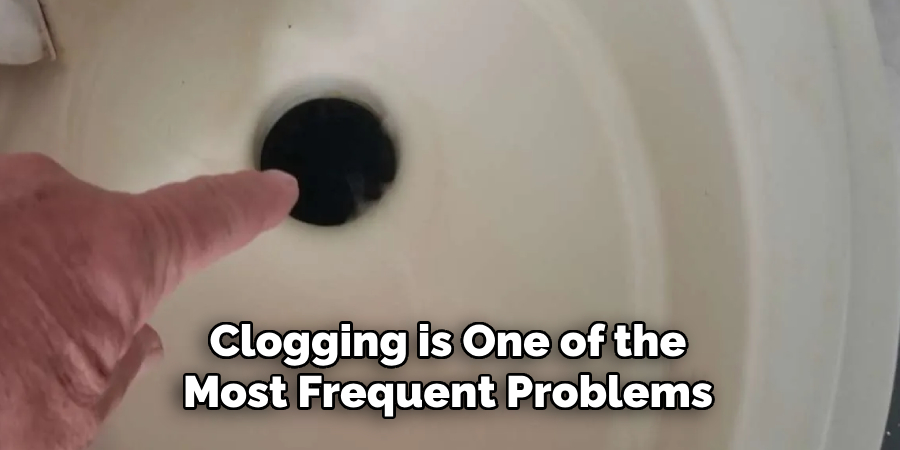
Common Issues
Clogging is one of the most frequent problems in camper toilet systems. Overusing toilet paper is a typical culprit, as it can overwhelm the system’s capacity. Improper disposal of materials like wet wipes, feminine hygiene products, or other non-biodegradable items also contributes to blockages. Additionally, clogging materials such as grease or food scraps may inadvertently enter the system, exacerbating the issue. Being mindful of what goes into your camper toilet can help prevent these common problems.
Essential Tools and Materials
Tools Needed
- Plunger (RV-specific or standard): A plunger is a simple yet effective tool for dislodging minor blockages in the camper toilet system. Make sure to use one that is suitable for RV use.
- Plumbing snake or auger: For more stubborn clogs that the plunger cannot manage, a plumbing snake or auger can help break apart and remove the blockage.
- Tank treatment chemicals (optional): These can help break down waste and prevent future buildup inside the holding tank.
- Gloves and safety glasses: Always use protective gear when working with plumbing systems to avoid contact with potentially harmful materials.
Materials for Cleaning
- Non-toxic toilet cleaner or biodegradable soap: These products are specifically designed for RV systems and help clean without damaging the septic-safe components.
- Cleaning cloths or paper towels: Essential for wiping down surfaces and maintaining cleanliness after clearing clogs or performing maintenance.
Additional Products
- Waste digester tablets or treatments: These can be added to the holding tank to encourage the breakdown of waste and toilet paper, reducing the risk of future clogs and maintaining a properly functioning system.
How to Unclog Camper Toilet: Basic Steps for Unclogging a Camper Toilet
Maintaining a properly functioning RV toilet system is essential for an enjoyable camping experience. Here are some basic steps to address and resolve clogs effectively:
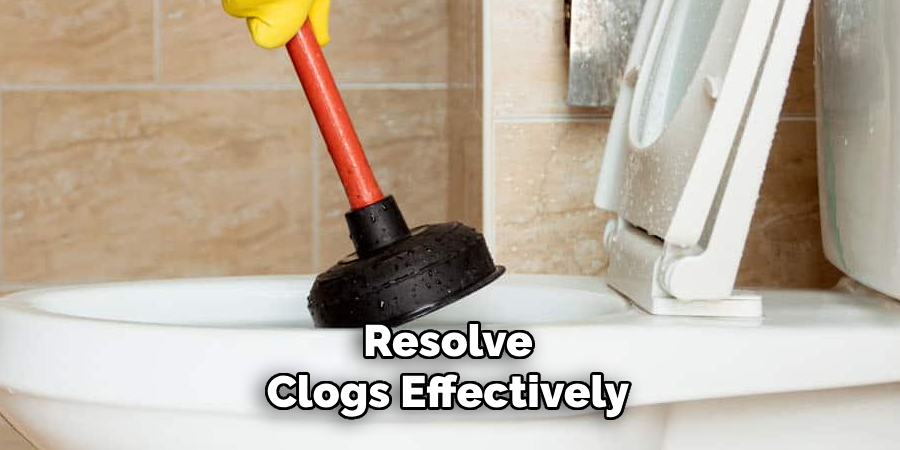
Step 1: Check the Water Supply
Before clearing a clog, ensure the water tank is filled and the pump is functioning correctly. A sufficient water supply helps facilitate the clearing process and prevents further blockages from forming. If there’s inadequate pressure, the clog might persist.
Step 2: Try Flushing with Hot Water
Pour a gallon of hot (but not boiling) water directly into the toilet bowl. The heat helps to break down waste and soften any buildup, making it easier to loosen the clog. Allow the hot water to sit for 15–20 minutes before trying to flush again.
Step 3: Use a Plunger
If flushing with hot water doesn’t resolve the issue, use a plunger. Opt for an RV-specific plunger to avoid damaging any seals or delicate components. Ensure the plunger covers the toilet bowl’s hole, and apply firm, repeated up-and-down motions to create suction. This can help to dislodge the obstruction effectively.
Step 4: Inspect and Clear the Tank Valve
Sometimes, the issue lies with a blocked holding tank valve. Inspect the tank valve by ensuring it can open and close freely. A clogged valve can prevent the proper disposal of waste. Carefully clear any obstructions in the area or consult the RV’s manual for specific instructions on assessing and managing the valve’s functionality.
By following these steps, you can efficiently unclog your camper toilet and prevent recurring issues.
Using a Plumbing Snake or Auger
When to Use a Snake or Auger
A plumbing snake or auger is useful for tackling stubborn blockages that don’t respond to traditional plunging. These tools are ideal when the clog is located deeper within the plumbing system or when waste buildup is particularly dense. Before resorting to a snake or auger, ensure that simpler methods, such as plunging or using a natural enzyme cleaner, have been attempted without success.
How to Safely Use a Snake
Using a plumbing snake involves carefully inserting it into the toilet bowl and guiding it into the drain. Start by feeding the snake into the opening and turning the handle to push the snake down the pipe. The coiled mechanism of the snake will help break up or grab any obstructions as you twist. Once you feel resistance, continue to rotate the handle to work through the clog. Slowly pull the snake out after breaking up the debris, ensuring any waste remains contained. For hygiene purposes, gloves must always be worn during this process.
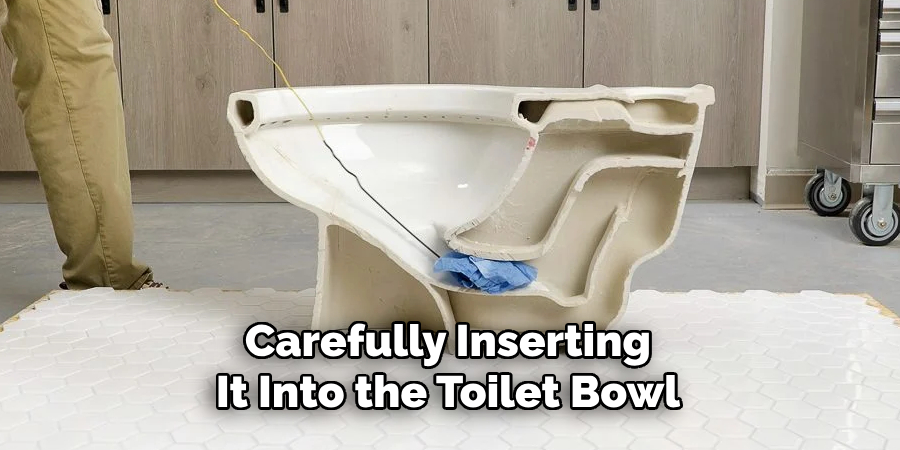
Handling Large or Multiple Clogs
A plumbing auger might be more effective for significant blockages that may involve the holding tank or drain lines. This tool is designed for heavy-duty clogs and can reach further into the system. Slowly guide the auger through the lines to target large obstructions. If multiple clogs are suspected, work systematically to clear each plumbing section, starting from the toilet and moving toward the holding tank.
Clearing the Lines
After using a plumbing snake or auger, it’s important to flush the system thoroughly with water to ensure all remaining debris is cleared. Running water through the lines helps avoid residual buildup that could lead to future clogs. Consider adding a holding tank treatment to maintain cleanliness and prevent odors for optimal performance.
Dealing with Chemical Clogs
Identifying Chemical Buildups
Excessive use of chemicals or improper tank treatments can sometimes lead to stubborn clogs in camper plumbing systems. Over-reliance on harsh chemicals might cause waste or debris to solidify, leading to blockages in the lines or the holding tank. Additionally, certain tank treatments with incompatible ingredients can interact and form residues obstructing fluid flow. Recognizing the signs of such buildups, like slow draining or persistent odors, is the first step to addressing the issue effectively.
Using Enzymatic Cleaners
Enzymatic cleaners provide an eco-friendly and effective solution for breaking down waste and preventing buildup. These cleaners rely on natural enzymes and bacteria to digest organic matter, making them safer for your camper’s plumbing system and the environment. To use enzymatic treatments, follow the manufacturer’s recommended dosage and ensure they are added to a system with adequate water. Regularly using enzyme-based products helps maintain good flow within the lines and reduces the risk of future clogs.

Preventing Chemical Clogs
Proper maintenance and responsible chemical usage are key to avoiding chemical clogs. Always opt for camper-safe treatments that are compatible with your plumbing system. Rotate between chemical and enzymatic treatments to strike a balance. Avoiding excessive chemical usage and ensuring proper flushing to keep the system clear and efficient is also essential.
Preventing Future Clogs
Proper Waste Disposal
One of the most effective ways to prevent future clogs is by disposing of waste properly. Never flush non-biodegradable materials such as wipes, paper towels, feminine hygiene products, or other items not designed for RV plumbing systems. These materials do not break down easily and can lead to blockages over time. Always use designated waste bins for such items to keep your system running smoothly.
Using the Right Amount of Toilet Paper
When it comes to toilet paper, using RV-friendly, biodegradable options is essential. These products break down quickly and reduce the likelihood of clogs. Additionally, use toilet paper sparingly to avoid overloading the system. A good practice is to perform a small test with water to verify that the paper dissolves easily before purchase or usage.
Regular Tank Maintenance
Consistent maintenance is key to a healthy holding tank. Use approved treatments and cleaning products regularly to manage waste breakdown and minimize odors. Enzymatic and chemical treatments can be alternated to achieve optimal results. Ensure you flush the system thoroughly during routine cleanings to remove any residue or buildup, helping to prevent clogs and extend the life of your RV’s plumbing system.
Common Mistakes to Avoid
Forcing Items into the Toilet
One common mistake is forcing large or inappropriate items into the toilet. Items like paper towels, hygiene products, or non-biodegradable materials can cause blockages in your plumbing system, leading to costly repairs. Even items labeled as flushable may not break down effectively in an RV’s holding tank, so it’s crucial only to use RV-approved toilet paper and avoid introducing anything that could damage the system.
Using Harsh Chemicals
Using harsh chemicals might seem like an effective way to manage odors or breakdown waste, but they can harm your RV’s plumbing. Strong chemicals can degrade seals and pipes over time and may also negatively impact the environment. Switching to RV-safe cleaning products and treatments ensures the system functions effectively without unnecessary wear and tear.
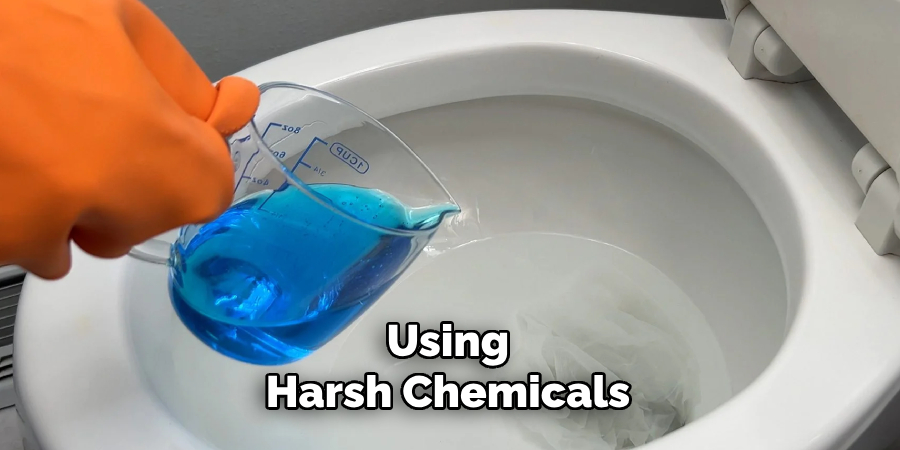
Ignoring Regular Maintenance
Neglecting routine maintenance is a major contributor to plumbing issues. Over time, residue and buildup can create clogs, leading to unpleasant odors and system failures. Regular cleaning, flushing, and the use of approved treatments help prevent these problems, extend the lifespan of your RV plumbing, and ensure everything operates smoothly on your travels.
Conclusion
Addressing plumbing issues in your RV starts with understanding how to unclog camper toilet systems effectively. Key steps include thoroughly checking the water supply, attempting to clear blockages with a plunger, and using a snake or auger for tougher clogs. Consistently prioritizing regular maintenance is crucial to avoid future problems, such as buildup or unpleasant odors, which can disrupt your travels. Remember, a little prevention goes a long way in keeping your camper toilet in optimal working condition, ensuring a hassle-free and enjoyable experience on the road.

